The uncanny valley – why the very idea of artificial grass drives some people nuts
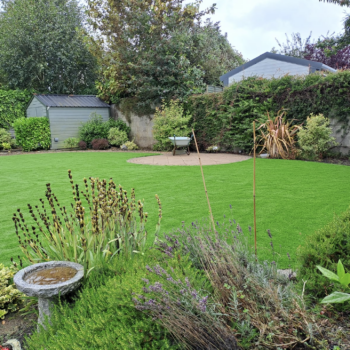
Mark O'Loughlin comments that after two decades wholesaling and installing artificial grass he knows it’s not for everyone
25 October 2023
 In association with Sanctuary Synthetics
In association with Sanctuary Synthetics
A leading figure in our industry told me of the reaction of some attendees at a recent big client meeting when he suggested artificial grass as the perfect solution. They reportedly ‘shifted uncomfortably’ in their chairs but had no issue whatsoever with composite decking (full of plastics, chemicals and neither recyclable or biodegradable) and Chinese granite. They neither knew nor cared about the CO2 footprint of the latter.
Look, I get it. After two decades wholesaling and installing artificial grass I know it’s not for everyone. Of all the ground cover solutions (including concrete, tarmac, rubber tiles etc) artificial grass seems to be a lightning rod to the garden purists; the last straw so to speak.
There remains a certain romanticism, nostalgia and traditional attachment to the accepted cultural norm. Peer influence can add to people’s strong aversion. The ‘uncanny valley’ effect, a concept well known in robotics and AI, refers to the discomfort people feel when an artificial representation comes close to reality but is perceived to fall just short. As a good quality artificial lawn is almost indistinguishable from the ‘real thing’ even slight differences can be unsettling. In my ‘big hairy green book’ there’s a full chapter on the history of lawns and why they too have their drawbacks.
The before and after of a garden in Alymer Park, Nass:


Is it the aesthetics or an aversion to plastic? Or issues like cost, non-biodegradability ( more on this anon), heat absorption, safety, maintenance misconceptions, lack of biodiversity and permeability? Space doesn’t permit me to address all these concerns here but it’s worth noting that advances in technology and materials are meeting many of these valid concerns making artificial grass a useful, durable and practical solution. For some.
My company is now in partnership with Lime-Green, whose DNA grasses have full circularity and are 100% locally recyclable after their 20 year lifespan. We’ve just completed the Green for Micro programme and are currently investing in Solar. In other good news the European Commission have, at last, just legislated for the banning of rubber infill for AstroTurf (not my field). Those dastardly little black balls, micro plastics made from discarded tyres, are to be phased out within 8 years.
I’m loath to engage in ‘whataboutery’ and greenwashing. People rightly fear losing touch with their emotional connection with nature. A counter argument in suburbia might be that artificial lawns encourage people outside where they might even have time to garden. Like everything there are pros and cons. When I first exhibited our wares in 2002 we were met with both derision and amusement. However after twenty 20+ years, 15,000 gardens, 300 schools and crèches it’s now well established as an accepted and time/labour saving low maintenance alternative. Thanks to public pressure the manufacturers are responding to and addressing sustainability concerns.
I guess it will always be anathema to some and, if our customer feedback is anything to go by, a Godsend to others. Maybe the grass can be just as green on the other side.
Mark O’Loughlin is the owner of Sanctuary Synthetics.



 Print
Print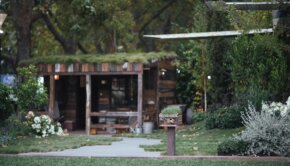
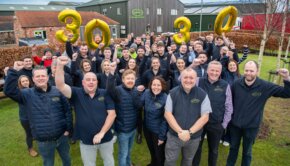

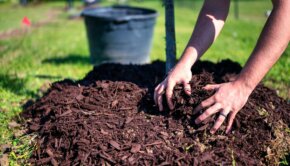
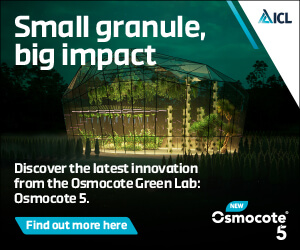
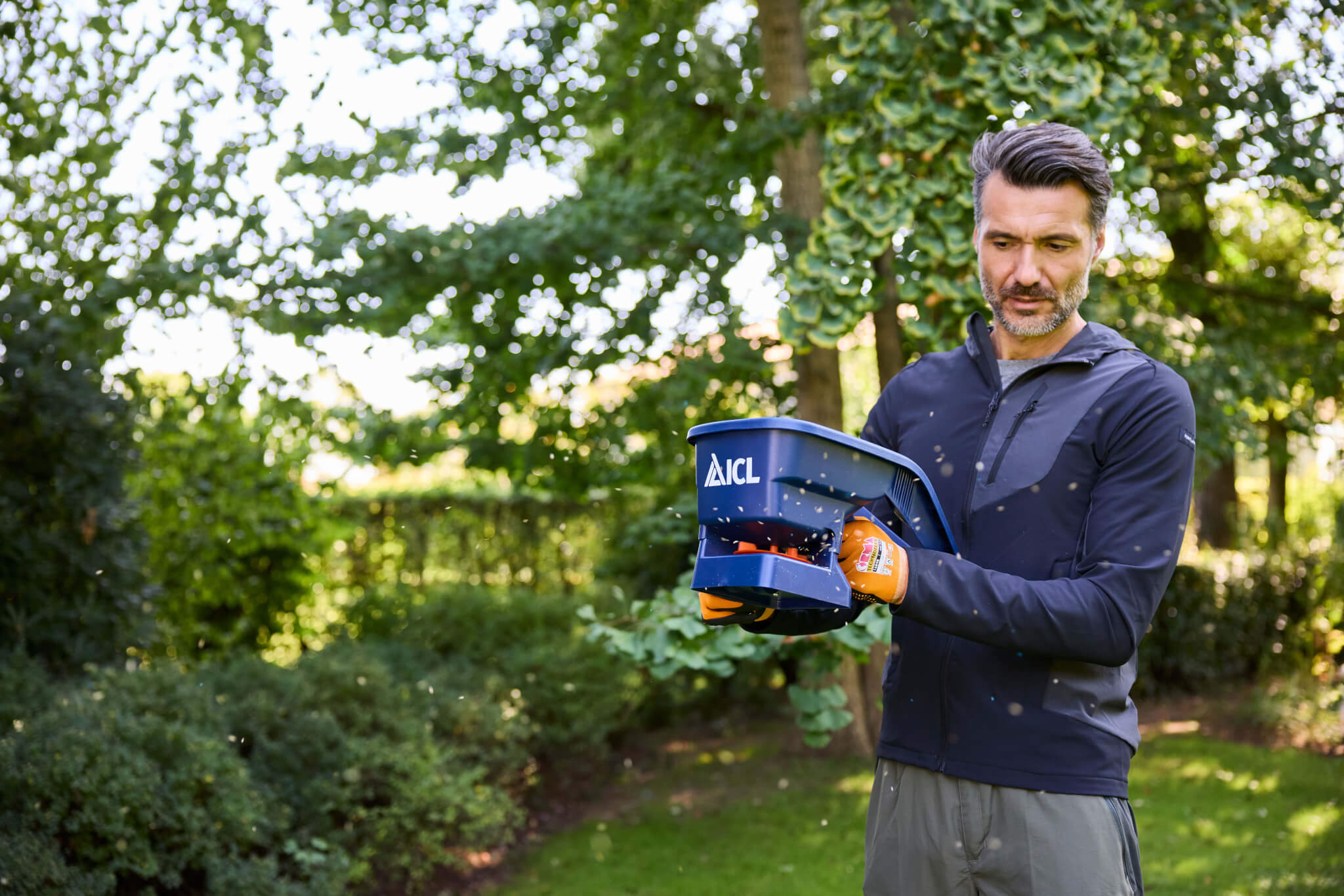
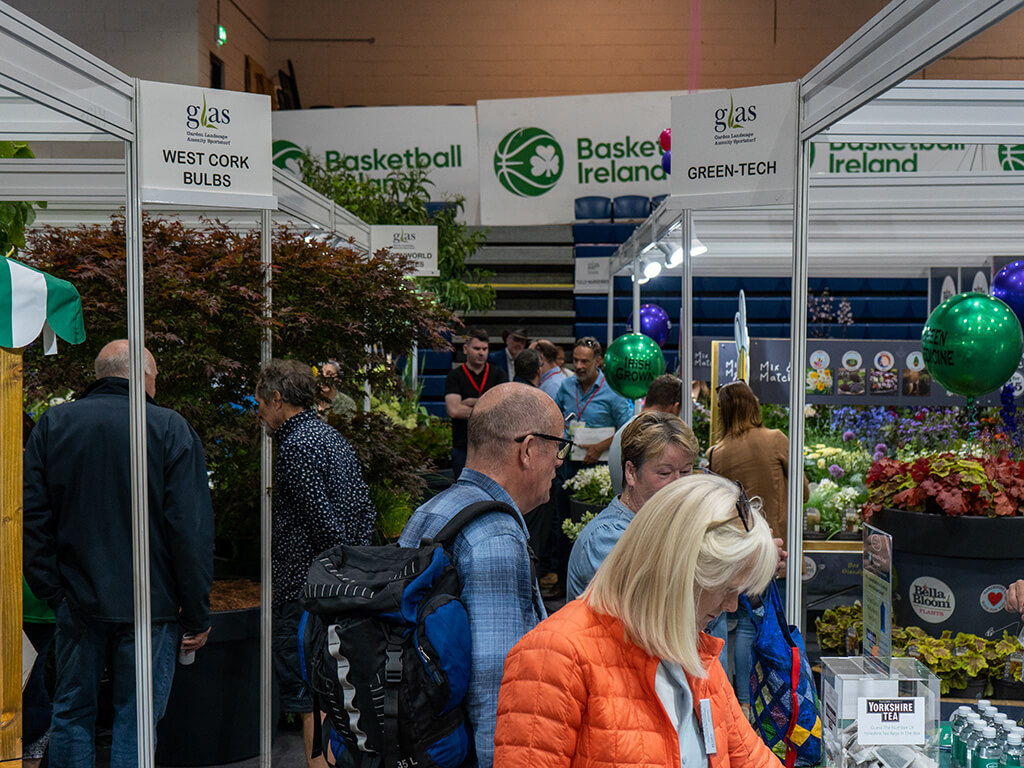

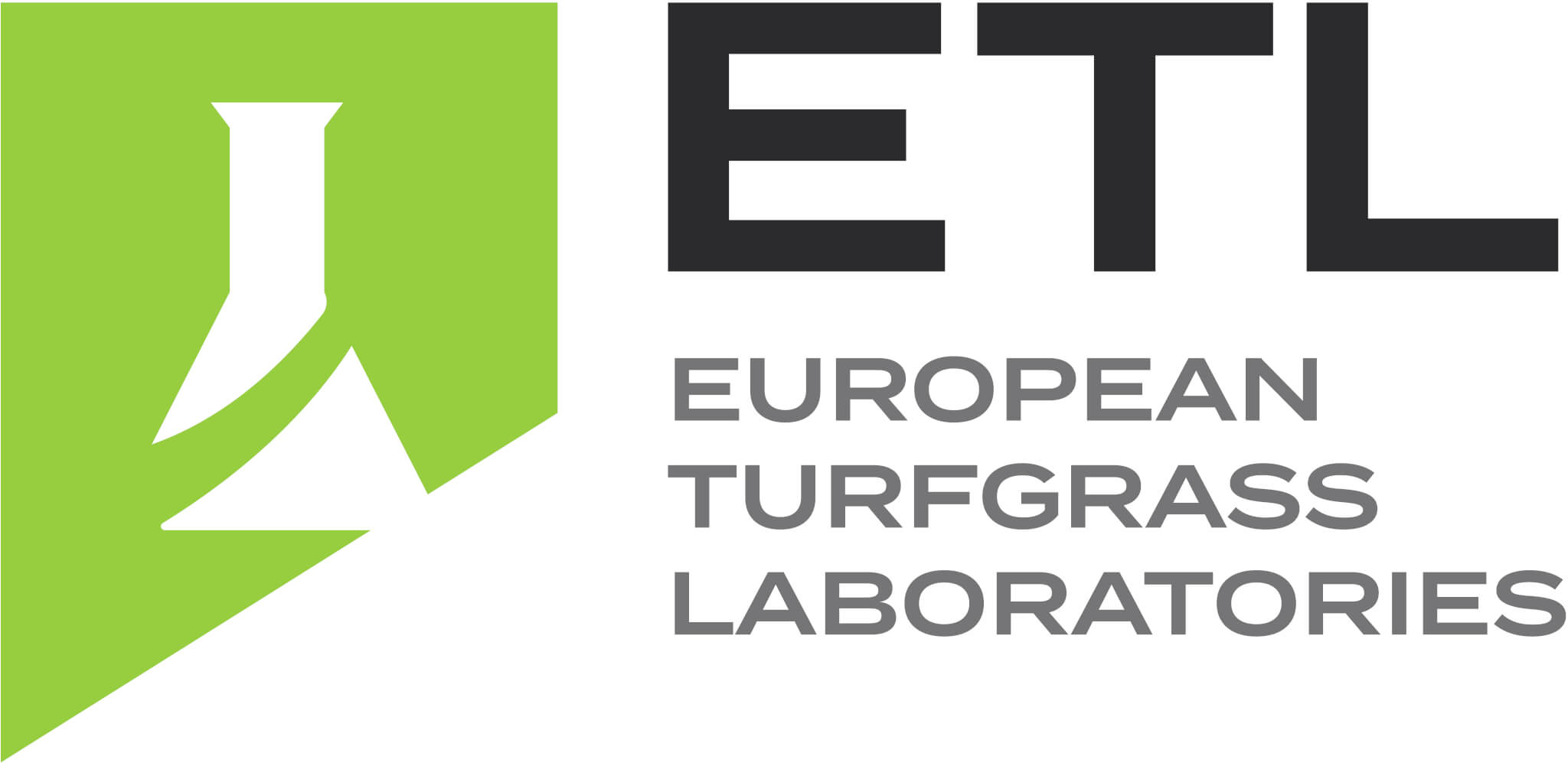



Fans 0
Followers